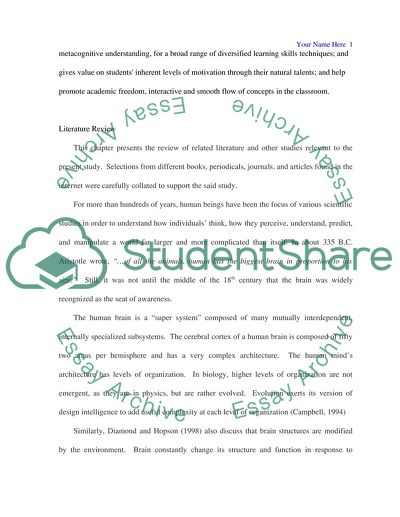Cite this document
(The Principles of the Multiple Intelligence Approach Research Proposal, n.d.)
The Principles of the Multiple Intelligence Approach Research Proposal. Retrieved from https://studentshare.org/psychology/1554406-research-performa-on-any-psychology-topic
The Principles of the Multiple Intelligence Approach Research Proposal. Retrieved from https://studentshare.org/psychology/1554406-research-performa-on-any-psychology-topic
(The Principles of the Multiple Intelligence Approach Research Proposal)
The Principles of the Multiple Intelligence Approach Research Proposal. https://studentshare.org/psychology/1554406-research-performa-on-any-psychology-topic.
The Principles of the Multiple Intelligence Approach Research Proposal. https://studentshare.org/psychology/1554406-research-performa-on-any-psychology-topic.
“The Principles of the Multiple Intelligence Approach Research Proposal”. https://studentshare.org/psychology/1554406-research-performa-on-any-psychology-topic.


